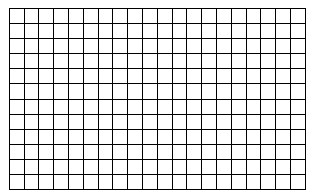



Using a fixed grid can help ensure consistency between devices, while a fluid grid allows for more flexibility as websites adapt to changing viewport sizes. A hybrid grid combines both fixed and fluid elements in order to create an optimal user experience across all devices and screens.A fluid grid uses percentage-based widths instead of fixed widths, which means that the columns will resize automatically depending on the size of the screen they’re viewed on.A fixed grid consists of columns that have a consistent width regardless of the size of the screen they’re viewed on.There are three main types of responsive grid systems:
GRIDS IN DESIGN CODE
Responsive grids can also help speed up page loading times by eliminating unnecessary code from multiple versions of the same layout for different devices. Responsive grids also mean content can be sectioned into modules-making it much easier to create dynamic websites without having to worry about compatibility issues across different browsers or devices. So, why are responsive grids such an important part of the web design process?īy using responsive grids, web designers can ensure that the overall page layout looks consistent on any device. Responsive grids are built using proportions, which helps elements line up properly when users view the site on different screens. Click Here to Dive into the World of UX What are responsive grids?Ī responsive grid in web design is a guiding structure that helps designers organise elements on the page for a unified, consistent look and feel.


 0 kommentar(er)
0 kommentar(er)
